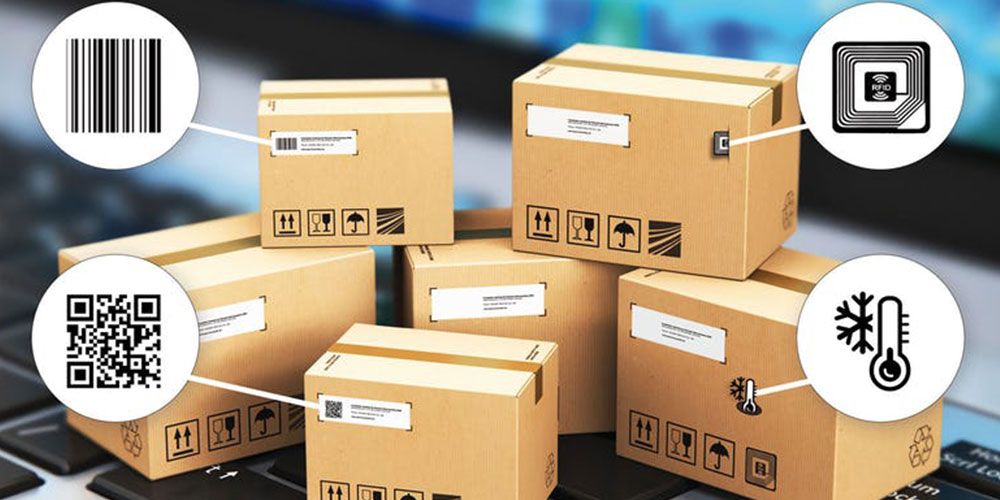What is smart packaging?
Smart packaging refers to packaging solutions that provide additional information and functionality by integrating sensors, electronic components and connectivity technologies.It aims to enhance product safety, convenience and sustainability, thereby improving consumer experience and supply chain efficiency. It usually includes innovative technologies such as RFID tags, sensors, and nanotechnology.
?
Compared with traditional packaging, intelligent packaging in addition to the protection of goods, easy circulation, promote sales, convenient consumption, cost saving these functions, the biggest feature is convenience and intelligence.For example, it can prevent products from being forged or tampered with, and ensure their authenticity and security by tracking and monitoring the status of products.It can also monitor the product environment in real time, such as temperature and humidity, early warning of potential problems and prevent product deterioration.
?
In life, intelligent packaging is also widely used.For example, smart labels gradually replace traditional product labels and bar codes, which can help manufacturers and consumers understand the inventory, circulation and quality of goods in real time.And smart packaging can automatically check whether the contents have begun to deteriorate, helping consumers distinguish the best by date and the best by date.
?
?
Immediate feedback and satisfaction optimization
Enterprises establish direct communication channels between consumers and brands through QR codes to quickly collect feedback and optimize services.
?
According to online data, 81% of consumers make repeat purchases because of good experience, and 85% are willing to pay 25% more for excellent service. McDonald's, Starbucks and other enterprises collect customer feedback through QR codes to adjust product strategies in real time and improve satisfaction. Some QR codes allow consumers to scan and evaluate services. Enterprises can optimize the experience and enhance customer loyalty through data analysis.
?
Personalized interaction and marketing innovation
Consumers can trigger customized content, promotions or games through QR codes to enhance consumer engagement.
?
Merchants set up activities such as scanning code lottery, red envelope and points exchange to increase the repurchase rate by more than 30%. In addition, the AR+ QR code combination can transform static packaging into dynamic experiences, such as scanning beverage packaging to watch brand story animation. Personalized recommendations are embedded in the packaging QR code, and consumers can obtain customized drink recipes by scanning the code. The liquor brand attracted users to share on the social platform through the "scanning code collection card bonus package" activity, and the brand exposure increased by 40%.
?
Efficient information transmission and convenient use
Intelligent packaging breaks through the physical space limitations of packaging and displays rich product information through QR codes.
?
According to online data, 70% of consumers want to scan codes to get detailed instructions, nutritional ingredients and other information, rather than reading paper manuals. Dynamic QR codes (live codes) support real-time content updates, allowing enterprises to adjust promotional information or product introductions at any time.? ? ? ? ?The QR code of medical device packaging is linked to the operation video, which reduces the difficulty of users and reduces the number of customer service inquiries by 25%.? ? ? ? ?Beauty brands display ingredient testing reports and user evaluations through QR codes, which can help consumers make quick decisions.
?
Data-driven precise operation
Through the QR code scanning data, enterprises analyze consumer behavior and optimize product design and marketing strategy.
?
Scanning code data can track users' geographical locations, consumption frequencies, preferences, etc., helping enterprises build user profiles. FMCG enterprises by analyzing the code data, elevate marketing conversion rate from 15% to 20%. A condiment brand uses the "one thing, one code" technology to adjust the regional flavor strategy according to the data of the scanning code area. By scanning code frequency to analyze the popularity of products and optimize inventory management, retail enterprises can reduce 30% of unsalable products.



